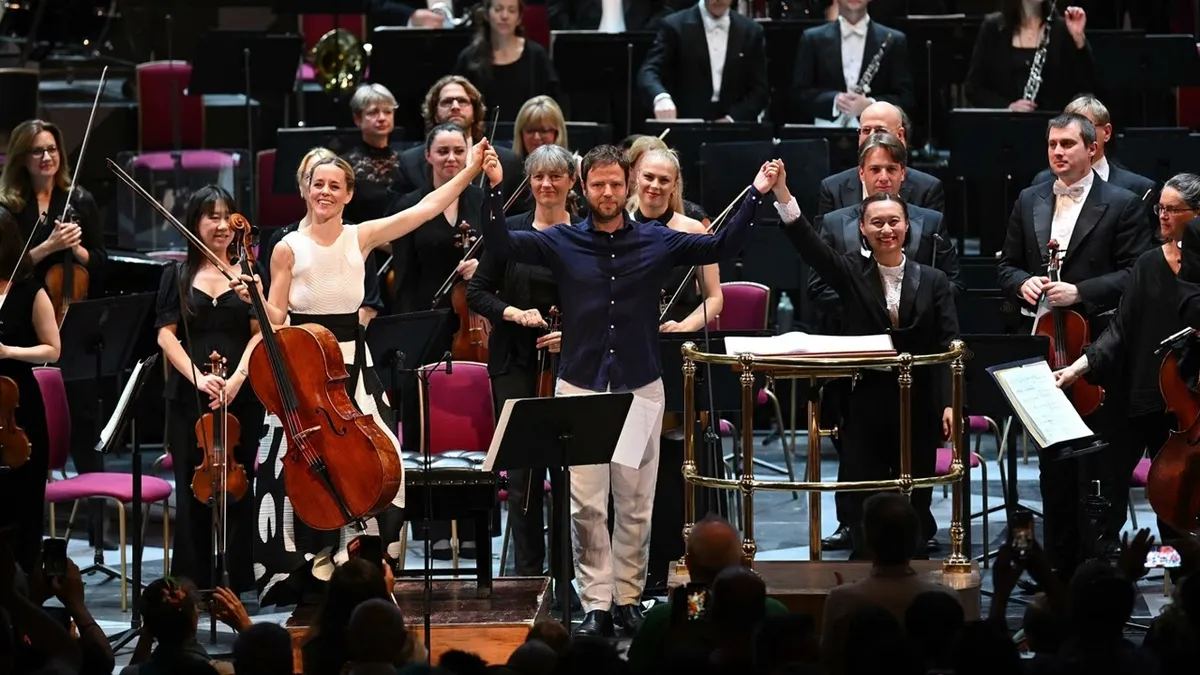Francisco Coll’s Cello Concerto
Program Notes for the UK Premiere at the BBC Proms
Publicado originalmente en BBC Proms
Seen today through the prism of Francisco Coll’s Cello Concerto, it seems clear that the confinement brought about by the outbreak of the Covid-19 pandemic, far from leading the composer to a situation of creative torpor or lack of stimulus, became a catalyst for a sudden intensification of some of the evolutionary processes that were already underway in his music of the previous few years. As this Cello Concerto demonstrates, the pieces composed by Coll since the start of the current decade embody a significant increase in his striving for a more conscious and economic writing, purged of unnecessary elements that might hinder the music’s communicative power. One of the most notable consequences of this trend in this work – which also marks a considerable evolution with respect to any of his previous symphonic concertante pieces – is the deployment of a highly spacious orchestration, at times with a chamber-like character, which allows for a striking predominance of moments where the cello and orchestra can play simultaneously while remaining perfectly balanced.
Since its four movements are played without a break, and given that the middle two share closely related material, Coll’s Cello Concerto can be regarded as one substantial, lyrical and expressive slow movement, framed by two shorter, rhythmically driven ones. The first and shortest of them is built on an irregular ostinato presented by the cello, who playfully slides with, between and against the orchestra’s regular pulse ‘like a mischievous child’. The two central sections, mournful and melancholic in character, delve into Coll’s particular notion of contradictory beauty and eroticism through an extensive use of the instrument’s most idiomatic expressive resources. As a notable moment, the fleeting appearance of a macabre, hallucinogenic ‘elastic’ waltz in the middle of the second movement highlights the mixed connotations that this form has acquired in the composer’s work since its first appearance in Mural (2013–15). Following a brief solo cadenza which explores some of the instrument’s polyphonic resources, the climactic closing movement bursts in as a sort of irregular festive dance of great technical virtuosity, at times reminiscent of some of Bartók’s rhythmic and modal treatments, with the soloist enveloped in a bright, metallic orchestration.
Coll’s Cello Concerto, with its distinctive attributes, aims to capture the musical and human personality of its dedicatee, Sol Gabetta – much as his 2019 Violin Concerto served as a musical portrait of Patricia Kopatchinskaja – with whom the composer has maintained a rewarding artistic relationship since 2017. Other works written by the composer for the Argentinian cellist include his duo for violin and cello Rizoma (2017), the double concerto for violin, cello and chamber orchestra Les plaisirs illuminés (2018) and his recently recorded duo for cello and piano Dialog ohne Worte (2021).